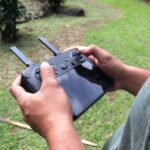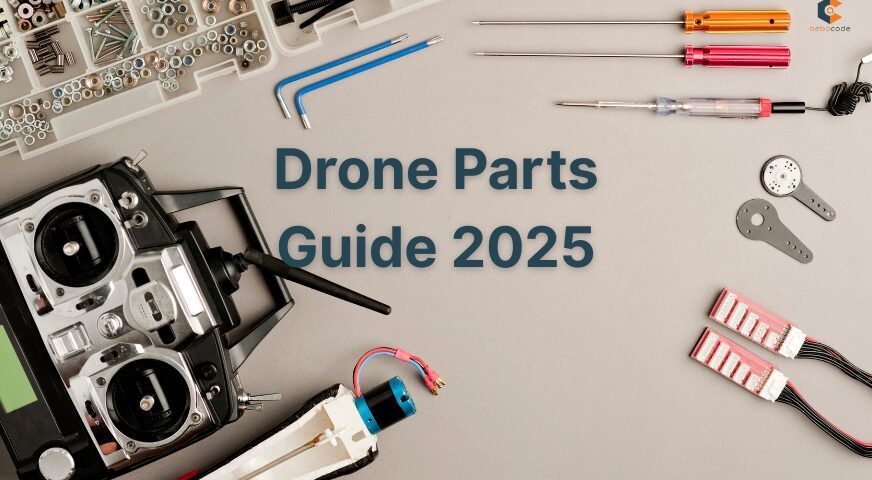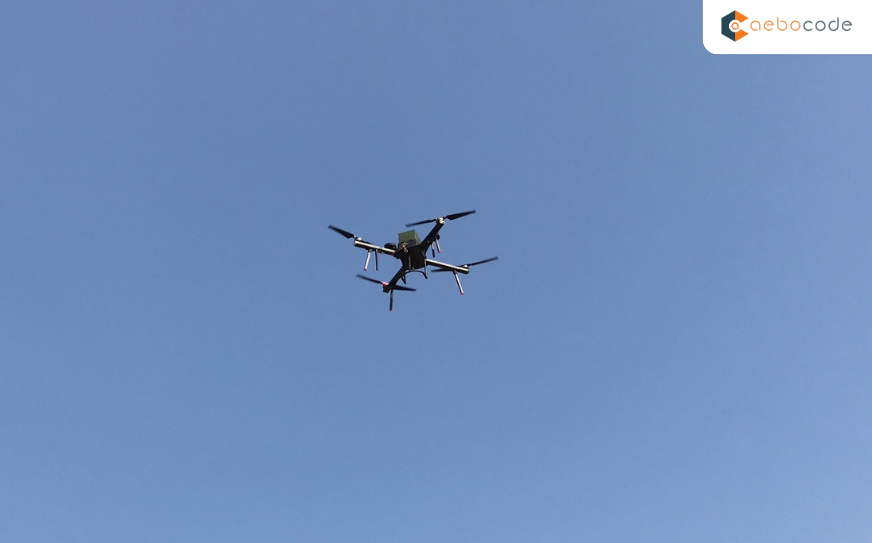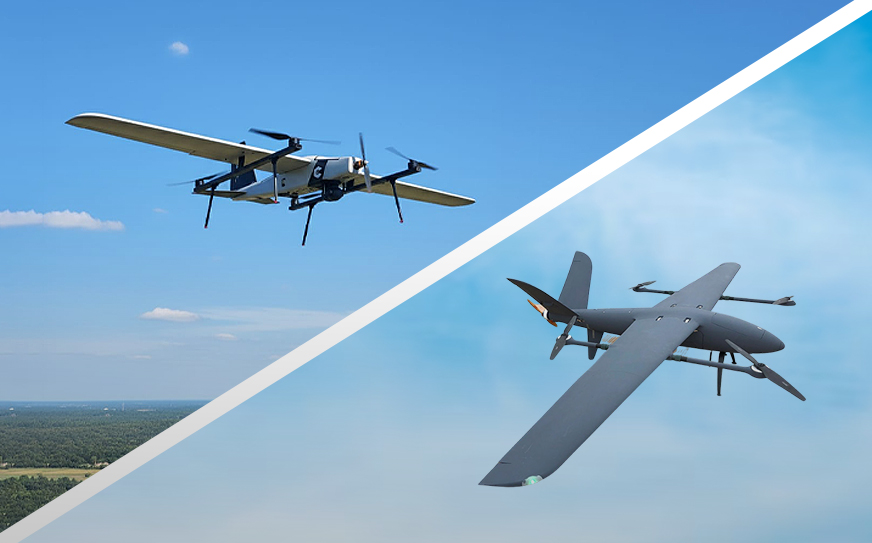
Why Every UAV Pilot Needs Training Drones for Hands-On Experience and Skill Development
March 20, 2025
Different Types of Drones and Their Uses: The Complete 2025 Guide for Beginners and Professionals
April 15, 2025Drone Parts Guide 2025: Everything You Need to Know About Building and Maintaining a UAV
Introduction
Drones are a product of every other industry ranging from photography and film to agriculture and the military. Beginners and professionals alike must understand the important parts of a drone to regulate its performance and fix any faults effectively. In this comprehensive guide, we systematically break down the relevant drone parts and, furthermore, explain their specific functions in detail to help you better understand how each component contributes to overall performance.
Choosing good quality propellers is one of the key details to guarantee the stability and performance of a drone. Meanwhile, other firms, including Aebocode Technologies, which are leading innovation in drone technology, emphasize that it is crucial to select high-quality drone parts carefully. This is especially true when drones are subjected to heavy use, as doing so ensures optimum performance and long-term reliability.
Aesthetic Drone Parts
1. Motors
Motors are the lifeblood of a drone, as they provide the necessary thrust and directional movement. Typically, drones use brushless motors because they not only deliver high power output but also last longer and operate more efficiently. Moreover, the number of motors varies depending on the type of drone—for example, quadcopters generally have four motors, hexacopters have six, and so on.
2. Electronic Speed Controllers (ESCs)
ESCs control motor speed and direction. The flight controller regulates them and fine-tunes power delivered to individual motors to balance stability and agility.
3. Batteries
Drones utilize rechargeable lithium-polymer (LiPo) batteries that contain a large energy-to-weight ratio. Battery capacity (expressed in milliampere-hours, mAh) determines the flight time, and voltage determines the drone’s power output.
4. Flight Controller
Flight controller is the brain of the drone, interpreting pilot input and onboard sensors to alter flight parameters. High-end controllers have GPS modules, barometers, gyroscopes, and accelerometers to give precise control.
5. Propellers
Propellers play a key role in creating lift and directly influence the drone’s agility and stability. Available in various sizes and materials, they significantly affect both performance and efficiency. Choosing the right propeller can make a noticeable difference in how smoothly and responsively a drone flies. On the one hand, large propellers provide extra thrust; however, on the other hand, they result in decreased maneuverability.
6. Camera and Gimbal
In general, drones use cameras to capture aerial images and videos; furthermore, these visuals are essential for applications like mapping, surveillance, and filmmaking. A gimbal will level the camera to shoot smooth, stable video with bumpy terrain. High-end models have 4K or even 8K cameras that utilize variable focus.
7. Frame
The frame provides structural support to the drone. To begin with, manufacturers typically build it from lightweight yet robust materials, such as carbon fiber or plastic composite, so that it can effectively hold all the components while ensuring durability and performance.
8. Transmitter and Receiver
The transmitter or remote control transmits the signals to the drone’s receiver such that the pilot can control its movement. Advanced systems utilize digital transmission or radio frequencies for long-distance communication.
9. GPS Module
The GPS module provides precise positioning, autonomous flight mode, and return-to-home (RTH) functionality. This is required in surveying, mapping, and other commercial applications.
10. Sensors (IMU, Barometer, Optical Flow)
In addition, the drone is equipped with sensors to enhance stability and maintain proper orientation. The IMU senses rotation and acceleration, the barometer to sense changes in height, and optical flow sensors to help with indoor positioning.
Conclusion
Having knowledge of the parts of drones is beneficial in building, maintaining, and optimizing UABs for different applications. Whether you’re a beginner constructing your first drone or an experienced pilot planning an upgrade, understanding the individual parts is not only essential but also crucial for achieving optimal performance and ensuring long-term efficiency.
At Aebocode Technologies, we not only provide premium-quality drone components but also offer customized drone solutions tailored to your specific needs. Explore our range of advanced UAV components and upgrade your drone experience!
So, if you need advice or would like more information on our products, don’t hesitate to contact Aebocode Technologies today!






